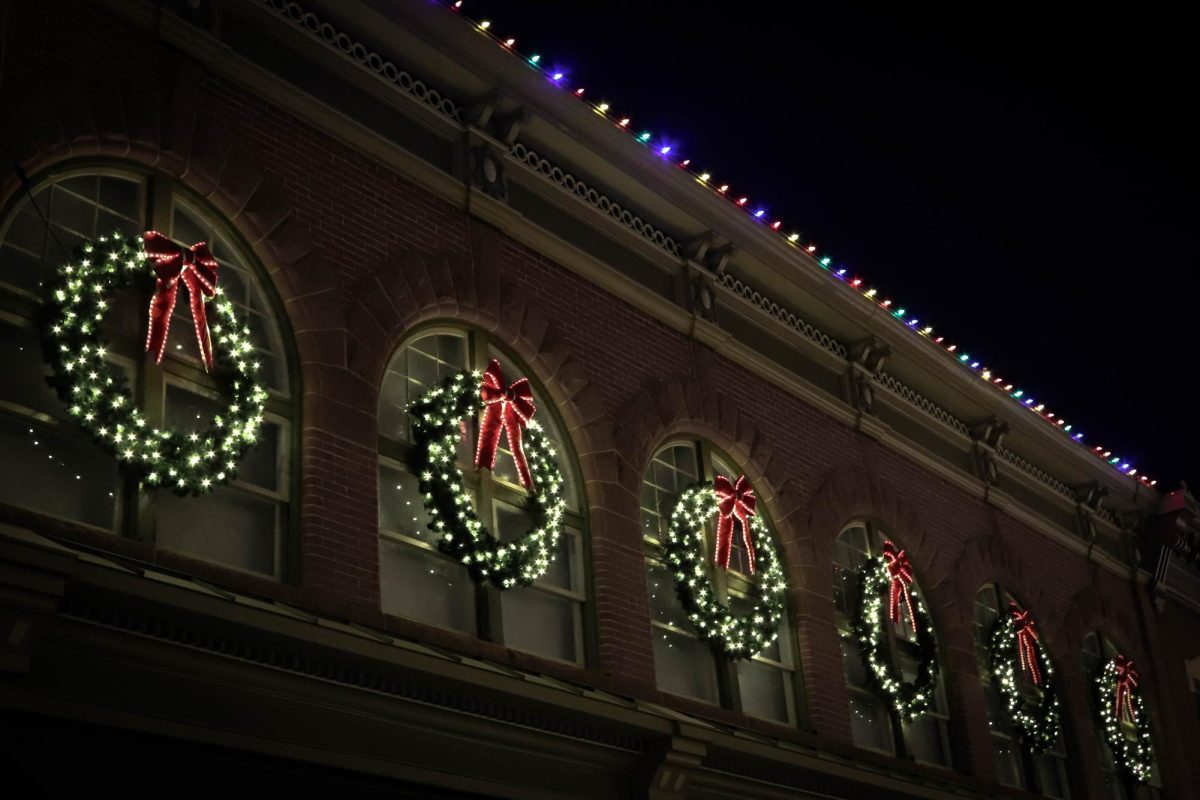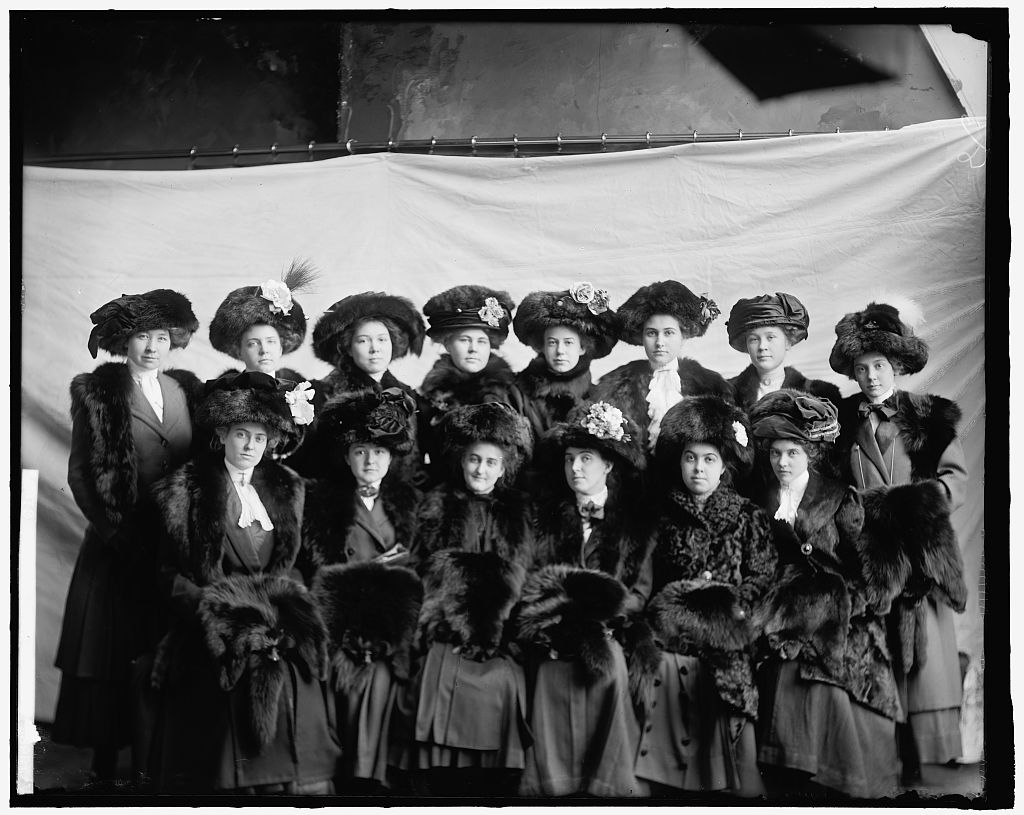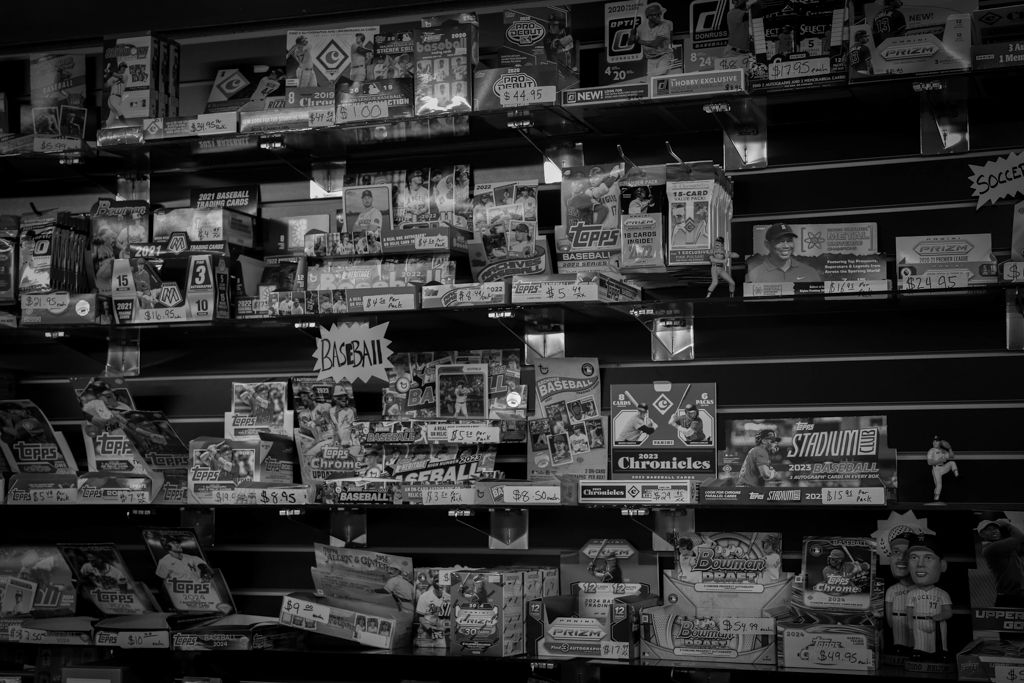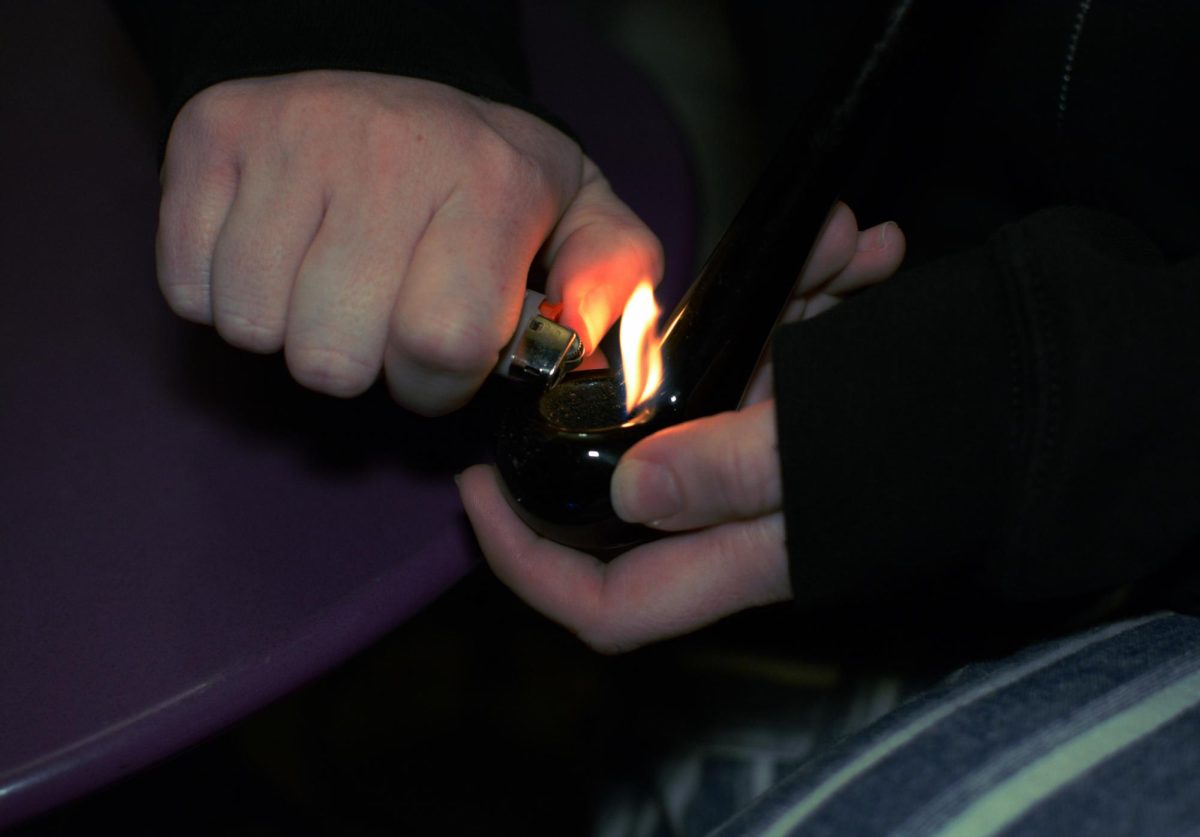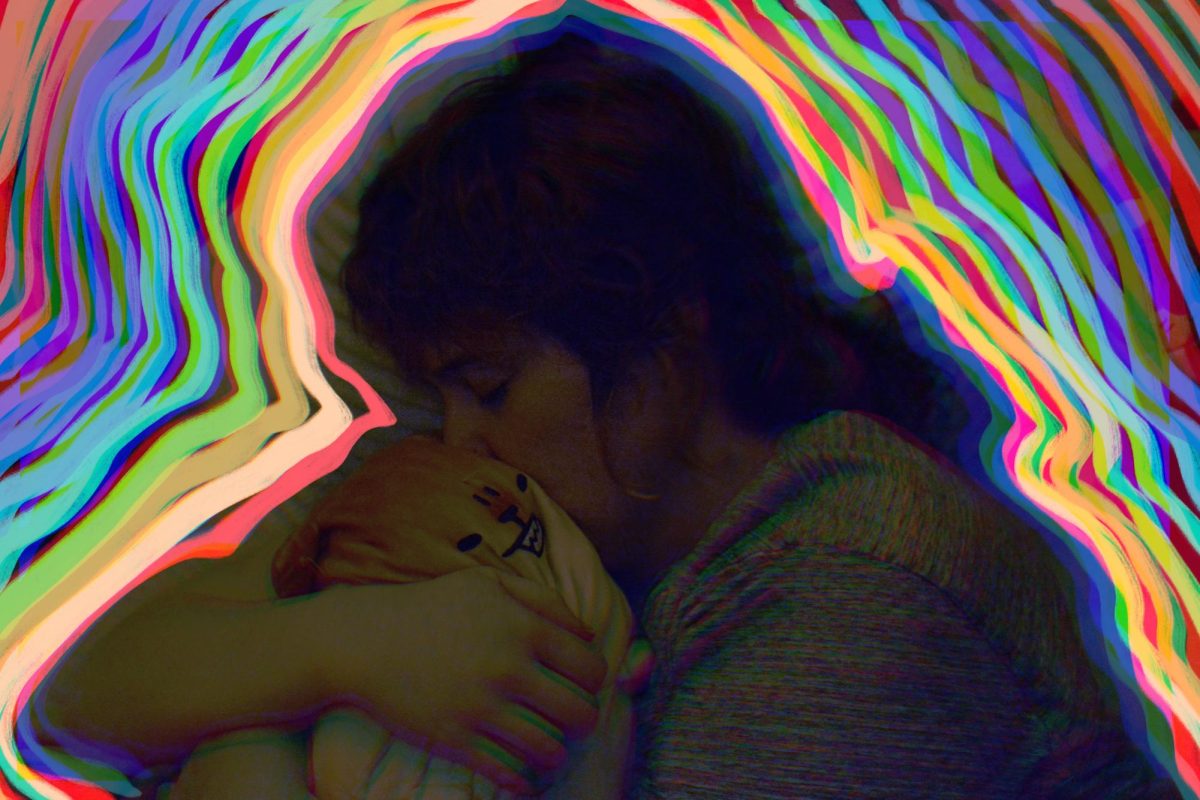Patriotism, beauty, confidence, religion, and lifestyle are only a few reasons that drive how people dress every day. These reasons resonate with every girl around the globe, however many people are ignorant to foreign fashion trends. Some cultures have maintained tradition through cultural dress while other countries create new companies and pave roads for the active trend seekers of the world. From the traditional dress of Nicaragua and India to the trademark brands of Australia and the Netherlands; here represents a few internationally fierce looks. I asked every girl what their favorite piece was and why that piece is significant to both them and their country. I also asked them if they wanted to think of some words to describe their countries style.
– Creative Director Riley Neubert
Madeleine Hibbard
![“My favorite piece is my Mimco clutch. Most Australian girls I know have something from Mimco. I think it’s so popular because [Mimco] creates really classy and effortless pieces. I like that its simple but still a statement accessory that goes with many outfits. It's significant to me because I got it for my 21st birthday from a close family friend.” Photo credit: Melody Wells](https://collegian.com/wp-content/uploads/2016/11/madeleine-hibbard-683x1024.jpg)
- Country: Australia
- School: University of South Australia and studying abroad at CSU this semester.
- Major: History and Cultural Studies
Items Worn:
- Top: Sportsgirl
- Denim skirt: Forever New
- Belt: Sportsgirl
- Watch: The Horse
- Clutch: Mimco
“My favorite piece is my Mimco clutch. Most Australian girls I know have something from Mimco. I think it’s so popular because [Mimco] creates really classy and effortless pieces. I like that its simple but still a statement accessory that goes with many outfits. It’s significant to me because I got it for my 21st birthday from a close family friend.”
Neha Tripathi
![“Almost every style of Indian fashion includes a scarf, except for sarees. There are several ways to drape the scarf over your body. Two of the most common ways is either over one shoulder or over both shoulders with the ends hanging in the back. In Hindi, which is one of the more popular Indian languages, the scarf is called a chunni or a dupatta. For formal wear, chunnis can be more decorative and have more beadwork or embroidery and they can be of any fabric. Casual chunnis are usually simple and lightweight. I am also wearing a Bindi. A Bindi is a small sticker placed on the lower half of the forehead. These are mainly worn by Hindu women. Hinduism is the most popular religion in India. Traditionally [Bindis] are usually circular or teardrop shaped. However nowadays Bindis can come in different shapes and sizes and how fancy they are. Recently, women in the West have started including Bindis in their outfits, like for example in Coachella outfits, which has caused quite a controversy.” Photo credit: Melody Wells](https://collegian.com/wp-content/uploads/2016/11/neha-tripathi-683x1024.jpg)
- Country: Representing India
- School: Colorado State University
- Major: Undeclared
Items Worn:
- Scarf: Forever 21
- Neha is presenting the simple scarf in Indian styles of wearing the accessory along with a traditional Bindi
“Almost every style of Indian fashion includes a scarf, except for sarees. There are several ways to drape the scarf over your body. Two of the most common ways is either over one shoulder or over both shoulders with the ends hanging in the back. In Hindi, which is one of the more popular Indian languages, the scarf is called a chunni or a dupatta.
For formal wear, chunnis can be more decorative and have more beadwork or embroidery and they can be of any fabric. Casual chunnis are usually simple and lightweight. I am also wearing a Bindi. A Bindi is a small sticker placed on the lower half of the forehead. These are mainly worn by Hindu women.
Hinduism is the most popular religion in India. Traditionally [Bindis] are usually circular or teardrop shaped. However nowadays Bindis can come in different shapes and sizes and how fancy they are. Recently, women in the West have started including Bindis in their outfits, like for example in Coachella outfits, which has caused quite a controversy.”
Cécile van de Beek

- Country: The Netherlands
- School: Radboud University Nijmegen
- Major: Communication and Information Science but studying abroad at CSU this semester
Items Worn:
- Shoes: Sacha
- Jeans: Supertrash
- Trench Coat: Bershka
- Top: Zara
- Bracelets: Buddha to Buddha
“A couple words to describe fashion in the Netherlands would be confident and up-to-date. The bracelets I am wearing are from Buddha to Buddha, and this is a brand from Amsterdam. The bracelets are real silver and handcrafted which makes them very heavy. Almost every girl in Holland has at least one of them!”
Isabella Biddulph

- Country: Nicaragua
- School: Colorado State University
- Major: Apparel and Merchandising- Product Development Major
Items Worn:
- Shawl: hand knit
- Earrings: handmade
- Shirt: from Nicaraguan market
“Although I am a United States citizen, my mother’s entire side of the family is 100 percent Nicaraguan, and in raising me, my mother implemented the Nicaraguan culture in our food, our lifestyle and even some of our Spanish slang.
Every summer and New Year’s, we would go to visit Nicaragua and my family there. I explored every beautiful part of my country and saw for myself the good and bad as well. Words to describe my country’s traditional style are genuine, vibrant, and relaxed.
My favorite traditional piece is the colorful hand knit shawl. A shawl like the one on me is usually found in the street markets of tourist areas. In American dollars, this shawl would be $10. This further heightens the difference between Latin America and the U.S. where it would probably be $40. The earrings were made from Córdoba coins which is the Nicaraguan currency and these are also from a local market.”
Originally published on Fashion Report CO







